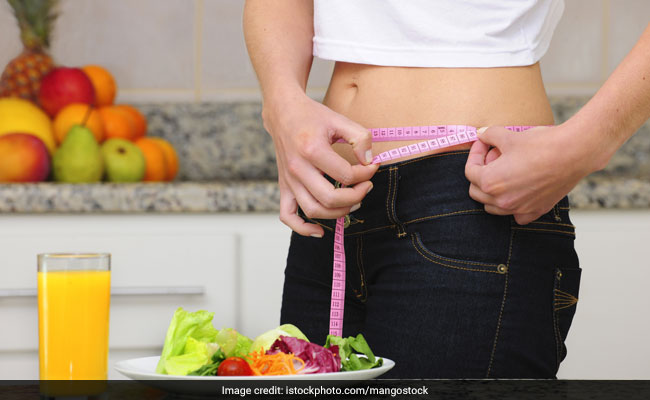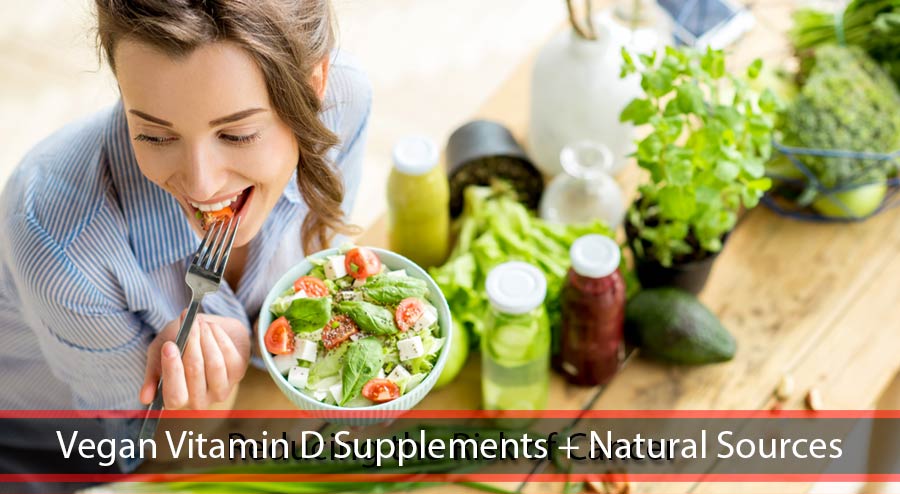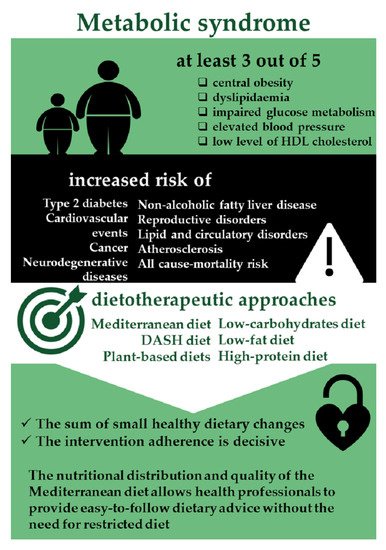
Beans are often used in soups and casseroles. Sometimes, however, they can also be cooked into sauces to make meals. These sauces can be served hot or at room temperature. The majority of home cooks do not have the time to make the beans themselves. So they turn to canned beans and pre-prepared beans. These are great for quick meals on the weekends. They can be topped using cheese, cream, or avocado. The result is both healthy and delicious.
You can make a simple sauce for beans by following a few simple steps. First, soak the beans for at least two hours in water. Once they are soft, you can cook them. They will take longer to cook if the beans are still very hard. This will depend on the age of the beans.
When you are cooking beans, make sure to stir them often. Fresh herbs can be added to the beans to enhance their flavor. You can add the herbs just before serving. For a vegetarian recipe, use vegetable stock in place of meat. The sauce can be kept in the refrigerator for up to one month.

You will need a small saucepan, vegetable oil, and a large pot to make the sauce. You can also use the microwave, but the beans should be cooked for at least 2 minutes. Also, rinse canned beans after draining them. You can also use liquid smoke in the sauce, but it should be added after 2 minutes.
There are generally two types of bean sauces, the crushed bean sauce or the ground bean sauce. Both have a salty and savory flavor. Crushed beans tend to be saltier than whole beans. Whole beans are usually unsweetened.
If you are using the crushed bean sauce, you can add some additional spices to make it more flavorful. To make your beans spicy, you could add fresh red chili to the sauce. To temper the saltiness of the sauce, you can also add garlic. To spice up the sauce with ground beans, add coriander and cumin to the pan. Parsley can be added right before serving. You can also use vegetable stock to make this dish.
If you are making a vegetarian version of the dish, you should increase the olive oil and skip the bacon. To the sauce, you should also add spinach. These vegetables can also be cooked for a few additional minutes.

You can make your own beans and cook them until soft, unlike canned beans. If you are planning to use the beans in a meal, you can add them with the meat and veggies. You can freeze leftovers to enjoy in another dish later. A delicious meal can be made in under 45 minutes.
You can also make your own black beans sauce with chicken broth or vegetable broth. For a savory taste, you can add orange zest, fresh garlic, and other spices.
FAQ
Exercise: Is it good or bad for immunity?
Your immune system is strengthened by exercise. Your body makes white blood cells that fight infections when you exercise. You also get rid of toxins from your body. Exercise can help you avoid heart disease and other illnesses like cancer. Exercise also helps to reduce stress levels.
But, too much exercise can lead to a weakening of your immune system. You can cause muscle soreness by working out too hard. This causes inflammation and swelling. The body will then produce more antibodies to fight infection. Problem is, extra antibodies can trigger allergies and other autoimmune conditions.
So, don't overdo it!
Why is it so important to lead a healthy lifestyle
Living a healthy lifestyle can help you live longer and more happy lives. A healthy lifestyle, regular exercise and good sleep habits will prevent the development of diseases such as stroke, diabetes and heart disease.
A healthy lifestyle will improve our mental well-being and help us deal better with everyday stresses. A healthy lifestyle can also help you feel and look younger.
Why does weight change as we age?
How can you tell if your bodyweight has changed?
Weight loss occurs when there is less fat than muscle mass. This means that the daily calories consumed must not exceed the energy used. Activity levels are the most common reason for weight loss. Other causes include illness, stress, pregnancy, hormonal imbalances, certain medications, and poor eating habits. When there is more fat than muscles, it's called weight gain. It happens when people consume more calories in a day than they actually use. The most common causes are overeating, increased activity, hormonal changes, and excessive calories.
The main reason why our bodies lose weight is because we consume fewer calories than we burn. Regular exercise increases metabolism, which means that we burn more calories per day. But, this does not mean that we'll get thinner. It is important to know if we are losing weight or gaining muscle. If we're burning more calories that we consume, we'll lose weight. But, if we consume more calories then we burn, then they are being stored as fat.
As we grow older, we tend to become slower at moving around and therefore we don't move as much. We also tend have less food to eat than we did when younger. As a result, we gain weight. However, our muscle mass is more important than our actual size.
Without regularly weighing yourself, it's impossible to determine how much weight has been lost. There are many different ways to measure your weight. You can check your waist size, your hips, your thighs, your arms, etc. Some prefer to use bathroom scales, while others prefer tape measures.
You can track your progress by weighing yourself at least once per week and measuring your waistline every month. You can also take photographs of yourself every few years to track how far your progress has been.
Online data can be used to determine your weight. For example, if you're 5'10" tall and weigh 180 pounds, you'd probably weigh 180 pounds.
What is the best way to live a healthy lifestyle?
Healthy lifestyles include eating healthy food, regular exercise, good sleep, and avoiding stress. You can live a long and healthy lifestyle if these guidelines are followed.
Start small by changing your diet and exercising routine. If you're looking to lose weight, walk for 30 minutes each morning. If you're looking for a way to increase your activity, consider taking up swimming or dancing. A Fitbit or Strava online program that tracks your activity can be joined.
What are 10 healthy lifestyle habits?
-
Have breakfast every day.
-
Don't skip meals.
-
You should eat a balanced diet.
-
Drink plenty of water
-
Take good care of your body.
-
Get enough sleep.
-
Avoid junk food.
-
Do some form of exercise daily.
-
Have fun
-
Make new friends.
Statistics
- nutrients.[17]X Research sourceWhole grains to try include: 100% whole wheat pasta and bread, brown rice, whole grain oats, farro, millet, quinoa, and barley. (wikihow.com)
- The Dietary Guidelines for Americans recommend keeping added sugar intake below 10% of your daily calorie intake, while the World Health Organization recommends slashing added sugars to 5% or less of your daily calories for optimal health (59Trusted (healthline.com)
- This article received 11 testimonials and 86% of readers who voted found it helpful, earning it our reader-approved status. (wikihow.com)
- According to the 2020 Dietary Guidelines for Americans, a balanced diet high in fruits and vegetables, lean protein, low-fat dairy and whole grains is needed for optimal energy. (mayoclinichealthsystem.org)
External Links
How To
What does the "vitamin") mean?
Vitamins are organic compounds found naturally in food. Vitamins are essential for our bodies to absorb nutrients from the foods we eat. Vitamins cannot be made by the body; they must be taken from food.
There are two types vitamins: water soluble or fat soluble. Water-soluble vitamins dissolve quickly in water. Examples include vitamin C,B1 (thiamine), B2 (riboflavin), B3 (niacin), B6 (pyridoxine), folic acid, biotin, pantothenic acid, and choline. Fat-soluble vitamins are stored within the liver and in fatty tissue. Examples include vitamin D, E, K, A, and beta carotene.
Vitamins are classified based on their biological activity. There are eight major types of vitamins.
-
A - essential for normal growth and maintenance of health.
-
C - vital for nerve function and energy generation
-
D – Essential for healthy teeth, bones and joints
-
E - required for good vision & reproduction.
-
K - Essential for healthy muscles and nerves.
-
P - essential for strong bones, teeth and tendons
-
Q - aids in digestion of iron and iron absorption
-
R - necessary for making red blood cells.
The recommended daily allowance (RDA) of vitamins varies depending on age, gender, and physical condition. The U.S. Food and Drug Administration, (FDA), sets the RDA value.
For adults over 19 years, the RDA is 400 mg per day for vitamin A. Pregnant mothers need 600 micrograms a day to ensure fetal growth. Children ages 1-8 require 900 micrograms per day. Babies under one-year old need 700 micrograms per daily. Between 9 and 12 month, however, this drops to 500 mg per day.
Children between the ages of 1-18 need 800 micrograms per daily for obesity, while those overweight require 1000 micrograms. To meet their nutritional needs, children underweight and obese need 1200micrograms.
Children aged 4-8 years old who have been diagnosed as having anemia require 2200 micrograms of vitamin C per day.
Adults over 50 years of age need 2000 micrograms per day for general health. Because of their higher nutrient needs, women who are pregnant or nursing need 3000 mg per day.
Adults over 70 years of age need 1500 micrograms per day since they lose about 10% of their muscle mass each decade.
Women who are pregnant or nursing need more than the RDA. Pregnant mothers need 4000 micrograms per daily during pregnancy and 2500 after giving birth. Breastfeeding moms need 5000 micrograms per daily when breastmilk production occurs.